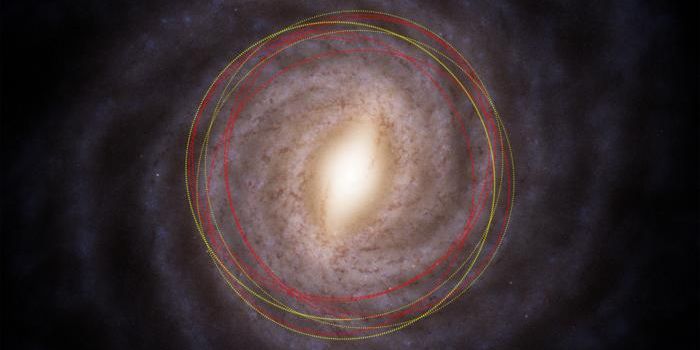The Universe is So Vast That Even the Speed of Light Seems Insignificant
When astronomers measure the distance between two distant objects in outer space, the term ‘light-year’ gets tossed around somewhat frequently. A light-year is the distance that light can travel in one year, and for those unaware, that’s approximately 5.88 trillion miles.
Light is perhaps one of the fastest-traveling things humankind is aware of today, and yet even light struggles to get from point A to point B when it comes to distances on a galactic scale.
To give you some perspective, it takes light from the Sun just over eight minutes to reach the Earth, and that means that if the Sun were to suddenly disappear from the center of the solar system, it’d take us eight minutes to notice anything. Comparatively, it takes Sunlight more than 12 minutes to reach Mars, and so the same patterns apply there.
Perhaps unsurprisingly, space telescopes that gaze deep into the night sky to look at distant objects aren’t seeing those objects in their current form, but rather as they appeared at the time it took that object’s light to reach us. In other words, if the Hubble Space Telescope was glancing at an object 10 light-years away, then we’d be seeing what it looked like 10 years ago.
Some objects are millions, or even billions of light-years away. With that in mind, we have absolutely no idea what many of the universe’s most distant objects look like today, and we might never know.








